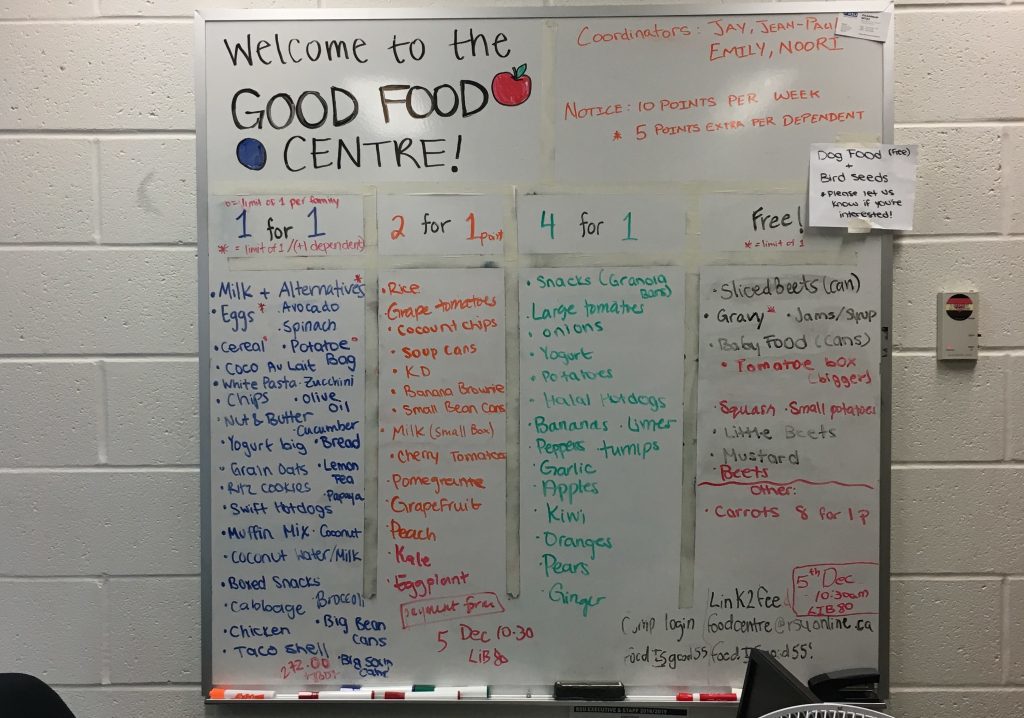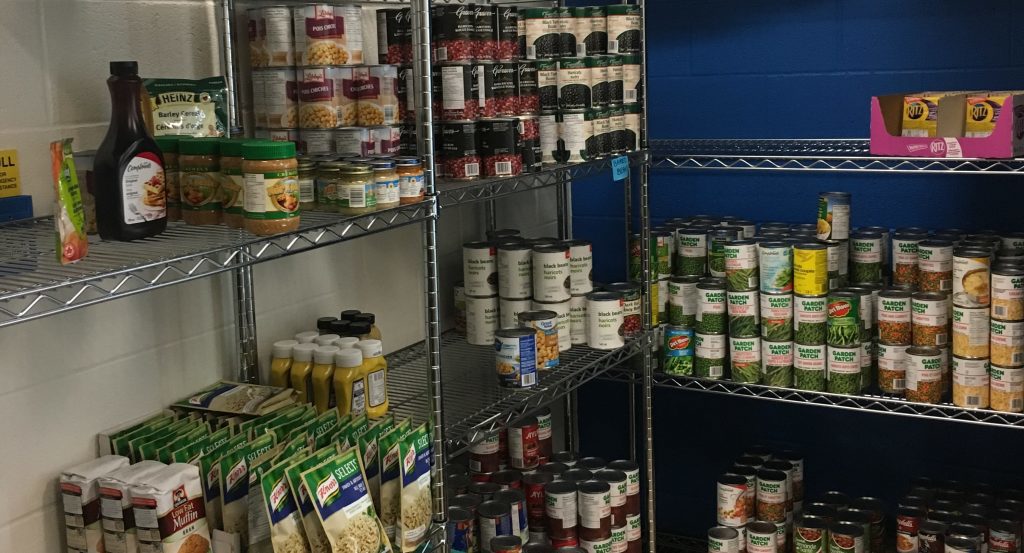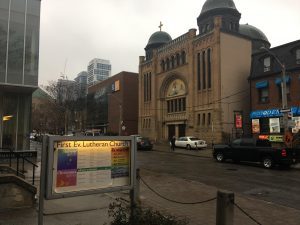Video: RSJ / Selina Setrakian
“The face of hunger is changing”
By Brooke Houghton
Universities across Toronto have noted that food insecurity is an issue for young people, but the Who’s Hungry annual report by Daily Bread Food Bank and North York Harvest Food Bank indicates that it’s a larger issue for the older population.
Universities in Toronto have identified the issue of food insecurity and have provided resources such as Ryerson’s Good Food Centre, York’s Food Support Centre, University of Toronto’s SCSU’s Food Centre and their St. George locations UTSU Food Bank.
Ryerson’s Good Food Centre (GFC) has recently secured a budget of over $200,000 in annual funding in result of last year’s successful referendum.

This has allowed the GFC to provide higher quality and quantity of produce.
“The quality of food has really changed, last year we had a lot of canned foods but this year we have more fresh produce and vegetables delivered on a weekly basis. We also were able to increase our amount of eggs and milk per week,” said Ruben Perez, Equity and Campaigns Organiser.
“The second change is the amount of people we’re getting, this month alone we have gotten about 400 people per month where last year we were getting about 150 to 200 people.”
However, food insecurity in Toronto is not limited to university students.
According to the Who’s Hungry Annual report press release, Ryan Noble, Executive Director of North York Harvest Food Bank says, “The face of hunger is changing. We’re seeing more seniors turning to us for help and while food banks are doing what they can…it’s still hard for those clients to keep up with the rising cost of living.”
The Who’s Hungry Annual report by the Daily Bread Food Bank and North York Harvest Food Bank says there have been 914,470 visits to food banks in the last year, 37 per cent of which were adults over the age of 45.
A decade ago this majority was made up of people between the ages of 19 to 44.
Sarah Watson, Director of Community Engagement at North York Harvest Food Bank, thinks that affordable housing and lack of job opportunity has contributed to the increase of an older clientele.
“A big part of it in the city is the housing cost. People are now spending up to 70 per cent of their income on housing and utilities and it used to be that a reasonable amount was 30 per cent of your income,” said Sarah Watson,
“The really challenging thing is that young people still have a chance to get a new job that will help them to find ways to access better income or a more secure employment – but for seniors this is pretty much where they are, where they’re going to be.”
This report is based on client visit numbers and a survey of 14,00 food bank clients.
It suggests that even as Toronto continues to prosper we can still see a steady increase of food insecurity among the population and increasingly towards a more senior demographic.
Interactive: RSJ / Rosie Leonard





Leave a Reply